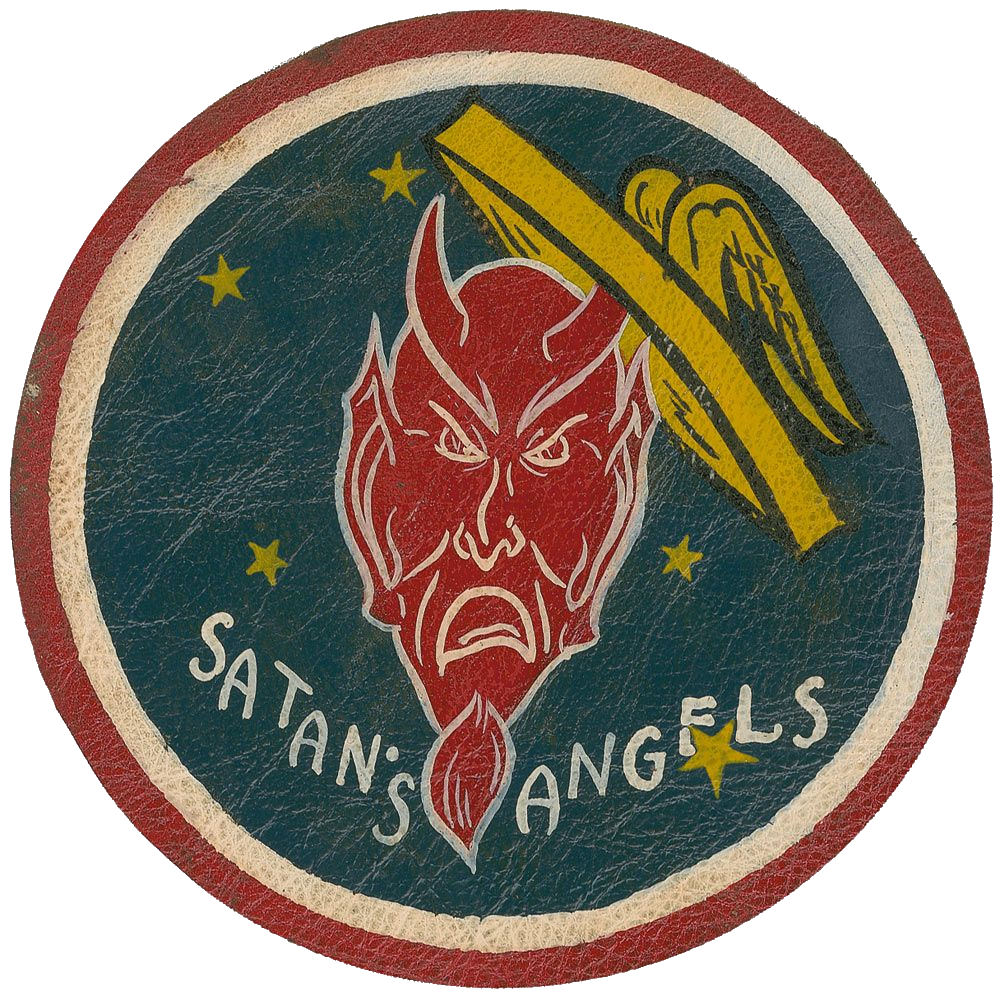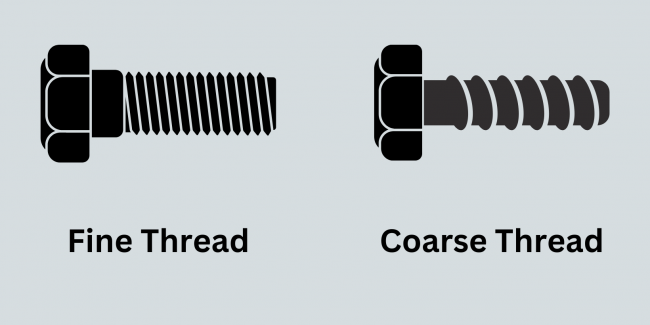-
Posts
1933 -
Joined
-
Last visited
-
Days Won
1
Content Type
Profiles
Forums
Events
Everything posted by =475FG= Dawger
-

Final release date prediction
=475FG= Dawger replied to _BringTheReign_'s topic in DCS: F-4E Phantom
Naw, it just means they hit the big volume discount number and finally sent them to be produced. -
No reason to stick to historically accurate paint schemes. Do custom paint. Makes it easier to find your wingman as well.
-
Can the Phantom WSO get a different name? Jester was not the guy in the back in the first place and its a horrible name. My pick would be ZEUS, Zero Effort Unless Supervised.
-

Probable F-4E Social Media Backlash
=475FG= Dawger replied to Kalasnkova74's topic in DCS: F-4E Phantom
Its only 40 lbs or so. 80 lbs is the worst case. I think its the stick actuator that would fail before the hardware. Pizza curls ain't gonna cut it for FFB at a realistic level but any reasonably fit 70 year old can handle realistic stick forces. -

Wear, faults and damage systems
=475FG= Dawger replied to markturner1960's topic in DCS: F-4E Phantom
If DCS had user map capability, this would be a fun one time map. It certainly would not be something worth paying money for, even if the period appropriate assets were available. I have flown Battle of Midway in 200 player PvP events a few times. They were fun events but by the time DCS has a complete set of assets for that battle, WWII will not hold interest for anyone still alive. It would be easier and much faster to resurrect an old WWII MMOLG and stage all those Pacific events on the maps they did decades ago. Probably more fun, too. -

Wear, faults and damage systems
=475FG= Dawger replied to markturner1960's topic in DCS: F-4E Phantom
Having changed brake media myself for 40 years, I am familiar. However, all you are doing is proving my point. Brake media is subject to wear, yet, until that media is worn beyond limits, performance is not affected. Long before they reach that point, normal pre-flight inspection and routine maintenance will drive replacement of the affected component with no discernible performance impact from the pilot point of view. The simulated brake media is going to be scattered across the simulated landscape or at the bottom of a simulated smoking hole long before it is necessary to simulate replacing them. -

Wear, faults and damage systems
=475FG= Dawger replied to markturner1960's topic in DCS: F-4E Phantom
I don’t get the idea of “wear and tear” either except for tires, paint, turbine temps and eroding leading edges or domes. You might fly a jet with multiple items “inop” if they aren’t mission or safety critical but even the ancient, clapped out, zero maintenance freighters I flew way back in the last century were basically binary. Worked or it didn’t. -

Pilot Induced Oscillation Damage
=475FG= Dawger replied to Mike Force Team's topic in DCS: F-4E Phantom
It would help to know what post you are addressing. I don’t see anyone saying bent metal is good in any case. -

Airplane veers to the left after landing
=475FG= Dawger replied to jurinko's topic in Bugs and Problems
Crosswind… -

Probable F-4E Social Media Backlash
=475FG= Dawger replied to Kalasnkova74's topic in DCS: F-4E Phantom
It has since been retired (partially) but I built this 6 years ago. -

Pilot Induced Oscillation Damage
=475FG= Dawger replied to Mike Force Team's topic in DCS: F-4E Phantom
I would think the only way to really damage an F-4 while landing it is getting very sideways since that would be the most vulnerable angle. -

Pilot Induced Oscillation Damage
=475FG= Dawger replied to Mike Force Team's topic in DCS: F-4E Phantom
Visibly bent metal after a hard landing would probably write off the jet, especially a built to crash on every landing Navy jet. -
One of the problems with discussions like this is the inability to simplify for the purposes of understanding. Yes, the engine is rated for a maximum RPM for its intended application and then a reduction gearbox is engineered to meet the requirements of the propeller in order to keep it from exceeding the speed of sound at the tips. From the pilot’s point of view, the important information is the number (3000 in this case) and anything faster will greatly reduce propeller efficiency. That is a simplification that serves to aid in understanding the concept and it is the one widely used in the real world. Is it good to understand the engineering behind this? Probably. However, repeating over and over that RPM is driven by the engine limits and propeller gearboxes are used to slow the prop down only serves to muddy basic understanding. We see the direct result of this in how piston props get modeled in games, with many putting the engine on a self destruct timer any time the propeller is above the maximum continuous rating, which is ridiculous.
-
This is incorrect. The propeller used to also be called an airscrew. This is a useful analogy. Higher RPM means lower blade angle or, in screw terms, a finer thread pitch ( threads closer together) Fine Pitch, a term you will see in some aircraft manuals The screw is taking a smaller bite with each rotation with fine pitch Lower RPM means higher blade angle or a coarser thread pitch ( threads further apart) The screw is taking a bigger bite with every rotation in coarse pitch Manifold pressure is the torque or force you are applying to the screw. MP is your screwdriver. A fine thread screw with threads closer together is easier to drive than a coarse thread screw. So, higher RPM ( ) is always going to be easier on your engine. The situation to avoid is coarse pitch and high torque so you want to avoid high MP and low RPM. 3000 RPM should not be a factor in engine wear, at least not enough to ever be noticeable in less than a thousand or more hours of operation There could be some loss of efficiency at 3000 RPM as maximum RPM is determined by the RPM that cause the propeller tips to exceed the speed of sound This is the primary reason there is an RPM reduction after takeoff Hopefully, this makes the relationship between propeller RPM and Manifold Pressure slightly less murky https://skybrary.aero/articles/blade-pitch#:~:text="Fine" pitch refers to a,and fuel economy (cruise).
-

Probable F-4E Social Media Backlash
=475FG= Dawger replied to Kalasnkova74's topic in DCS: F-4E Phantom
Every time someone with very direct real world experience points out something contrary to popular flight simmer doctrine, the excuses fly as to why that couldn’t possibly be correct. Smartest thing to do is not waste your time. -

Make the most of the engine
=475FG= Dawger replied to Predator-78's topic in DCS: Spitfire L.F. Mk. IX
Amen, brother -

Probable F-4E Social Media Backlash
=475FG= Dawger replied to Kalasnkova74's topic in DCS: F-4E Phantom
Not much about BFM is anywhere near classified and there are real world guys flying in DCS. The ones I know are only interested in the fight and will happily wade into long odds furballs. They are not interested in “procedure”. They don’t hold back in a fight. They tend to stay away from BVR stuff because 1. It’s dull 2. There are classified aspects -

Probable F-4E Social Media Backlash
=475FG= Dawger replied to Kalasnkova74's topic in DCS: F-4E Phantom
This is wrong. I have seen guys who are good at BFM IRL jump into any aircraft they choose in DCS and still perform at a very high level in DCS, certainly good enough to cook the average DCS goose. I have literally talked them through startup and some basic switchology and proceeded to fly with them as they go out and get multiple PvP kills. Only meeting someone with basic parity in BFM would make any difference. -
Spartan.
-
Thats one of the big holes in DCS, no simple nav planning tools. CombatFlite does some of this but is certainly not simple nor easy to use. The ability to use the F10 map to drop a few waypoints and planned speed and auto generate simple kneeboard pages with basic nav data is long overdue. Currently, you have to do all planning outside the game and import it by whatever method you choose
-
Crewmember is used but is by no means ubiquitous. Context is important in determining which is used. Titles and singular forms generally use crewman, especially military. Civilians use crewmember a bit more, although in most instances “crew” is used as in signs indicating “ Crew Only” or when referring to oneself as a member of the crew, such as a luggage tag. The US military commonly uses crewman in job titles, although I am sure there is an effort to alter that underway.
-
If you don’t know where you are, you are lost. I used to fail the MFD’s on crews and ask them to point a finger at the airport. If you are relying on an electronic device to determine your position, you are lost. If you already know your position and are using the electronic device to verify, then you are navigating using all available tools. Flying single pilot, you have to run a continuous navigation solution in your head, using some rough dead reckoning procedure backed up by pilotage (looking out the window). Bearing and distance references are great for folks who can run a mental solution because you can get an instant mental picture from a few words. “20 miles northeast of Shiraz” is instant information for an aware pilot while a grid reference of any sort is an SA killing exercise is frustration. One of the big holes in DCS is any sort of necessity for real navigation and the resources to make it easy to do. You have use outside software for any sort strip charts and even those seem to have been designed by someone with no real knowledge of how it is actually done. If the F-4 came with the ability to mark a few waypoints on the F-10 map and input a groundspeed resulting in a set of strip charts on your knee board with heading, distance and ETE, I would be ecstatic.
-
Crewman is already gender neutral. Crew refers to the entire group. Crewman is one member of the crew. Lets talk about cockpit next.
- 96 replies
-
- 10
-

-
You are trying too hard here. Less chance of successful IRMD does not equal more difficulty.
-
Drag chute and arresting gear( something DCS is sadly lacking)



